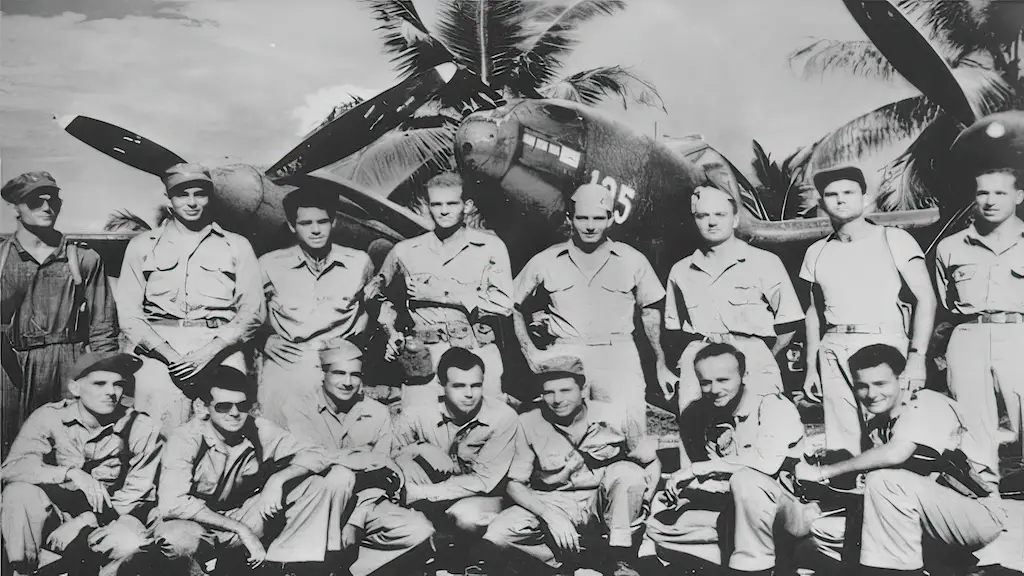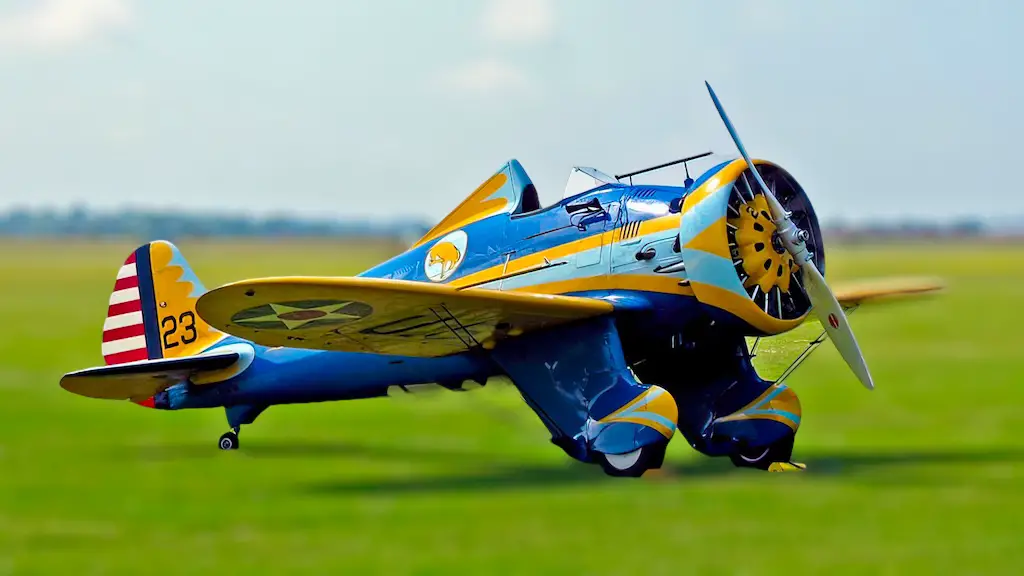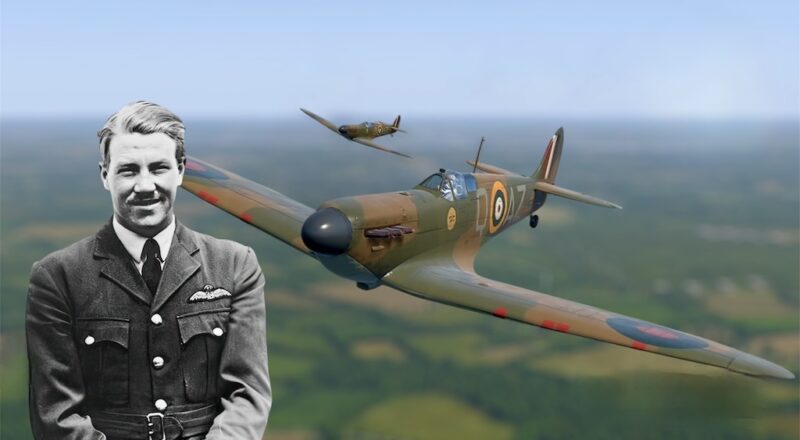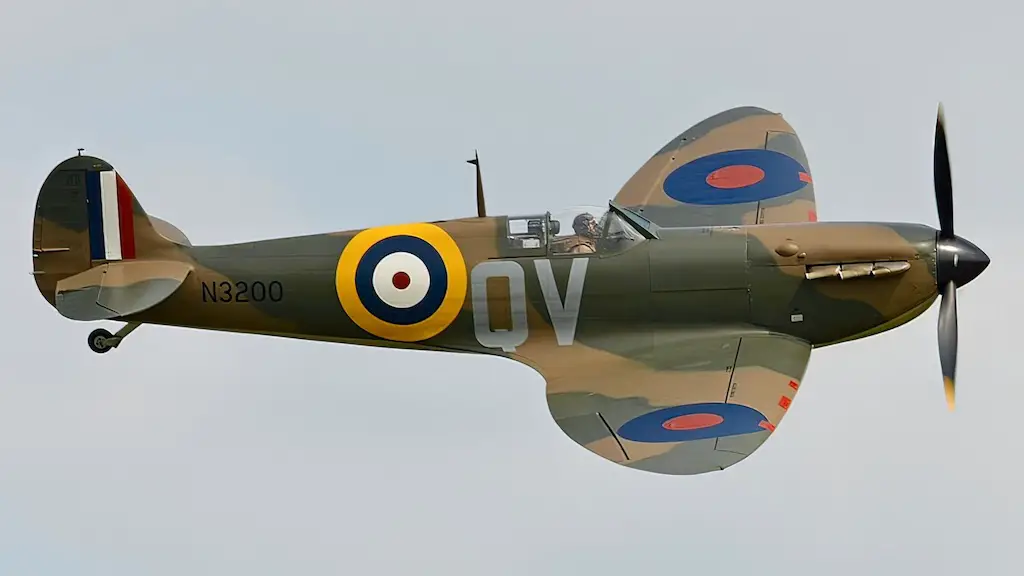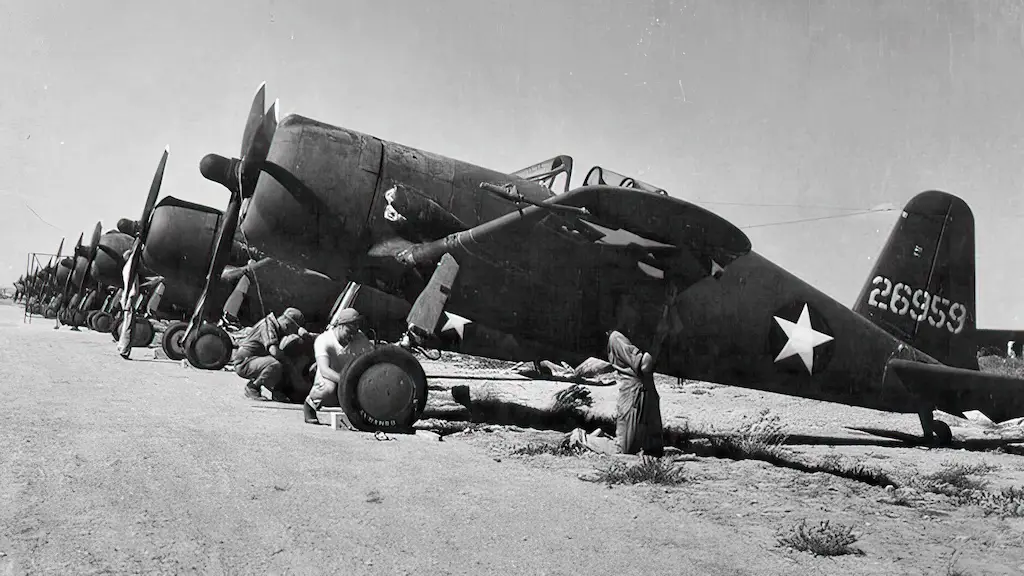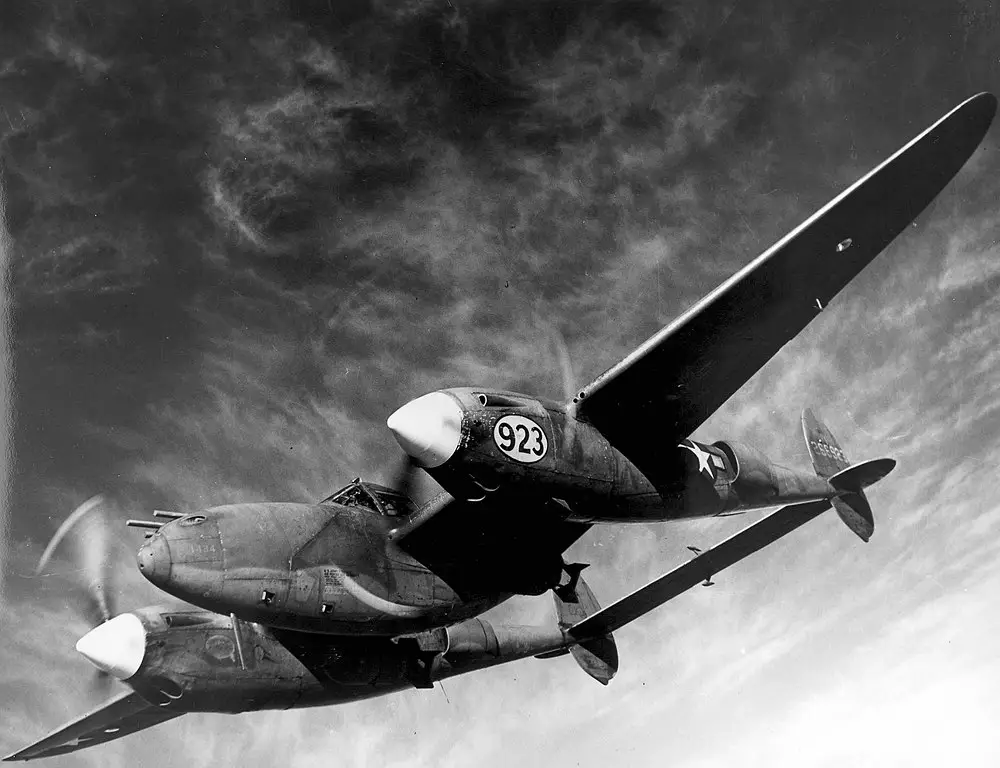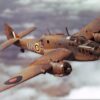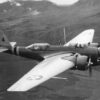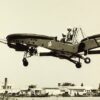Operation Vengeance
During World War II, the United States embarked on a risky mission known as Operation Vengeance. The goal was to eliminate Admiral Isoroku Yamamoto, the mastermind behind the Pearl Harbor attack and one of Japan’s top military strategists. With the mission successfully executed on April 18, 1943, the mission dealt a major blow to Japan’s military plans and boosted Allied morale.
By intercepting and decoding a message, the US learned that Yamamoto would be flying over Bougainville on April 18. The P-38 Lightning fighter planes were led by Major John W. Mitchell, who received the critical flight details. This mission ended up being a resounding success.
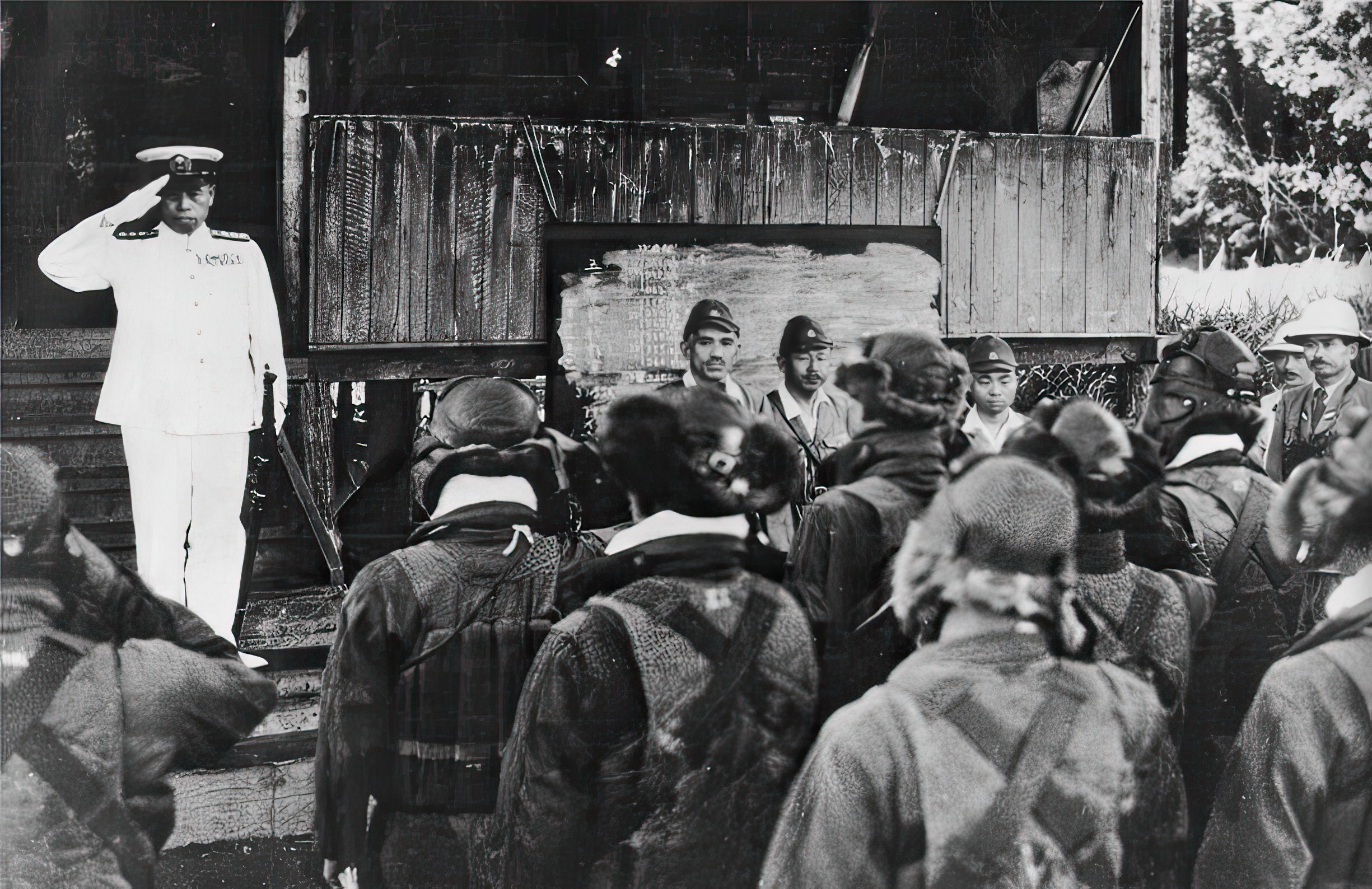
The P-38 Lightning: fit for the job
The P-38 Lightning stood out as a rare fighter with sufficient range for the task at hand. Based on Guadalcanal, Major Mitchell and his team had to journey over 400 miles to Bougainville. The operation harbored considerable danger, demanding that they fly only feet off the ground to elude Japanese radar. This, in turn, left them exposed to anti-aircraft fire and enemy warplanes.
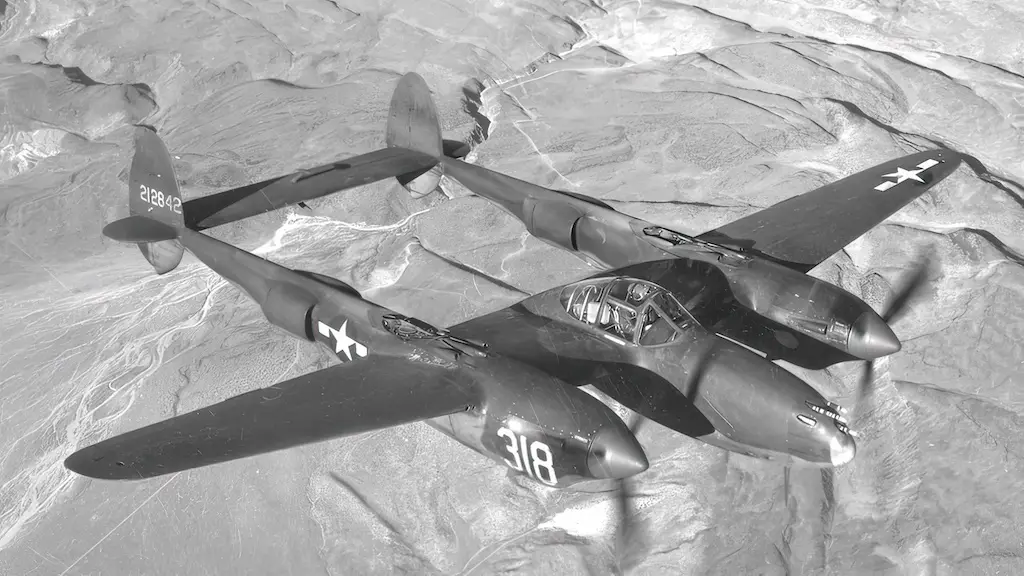
Executing the Plan
At 7:25 in the morning, Major Mitchell and his crew left Guadalcanal on their important mission. They flew low over the ocean to avoid detection before ascending to an altitude of 10,000 feet for a lengthy journey to Bougainville. The mission was intricate and meticulously planned, with pilots ensuring their radar signals went unnoticed by the Japanese. They also had to fly over a mountainous area to get to Bougainville, which increased the danger of detection.
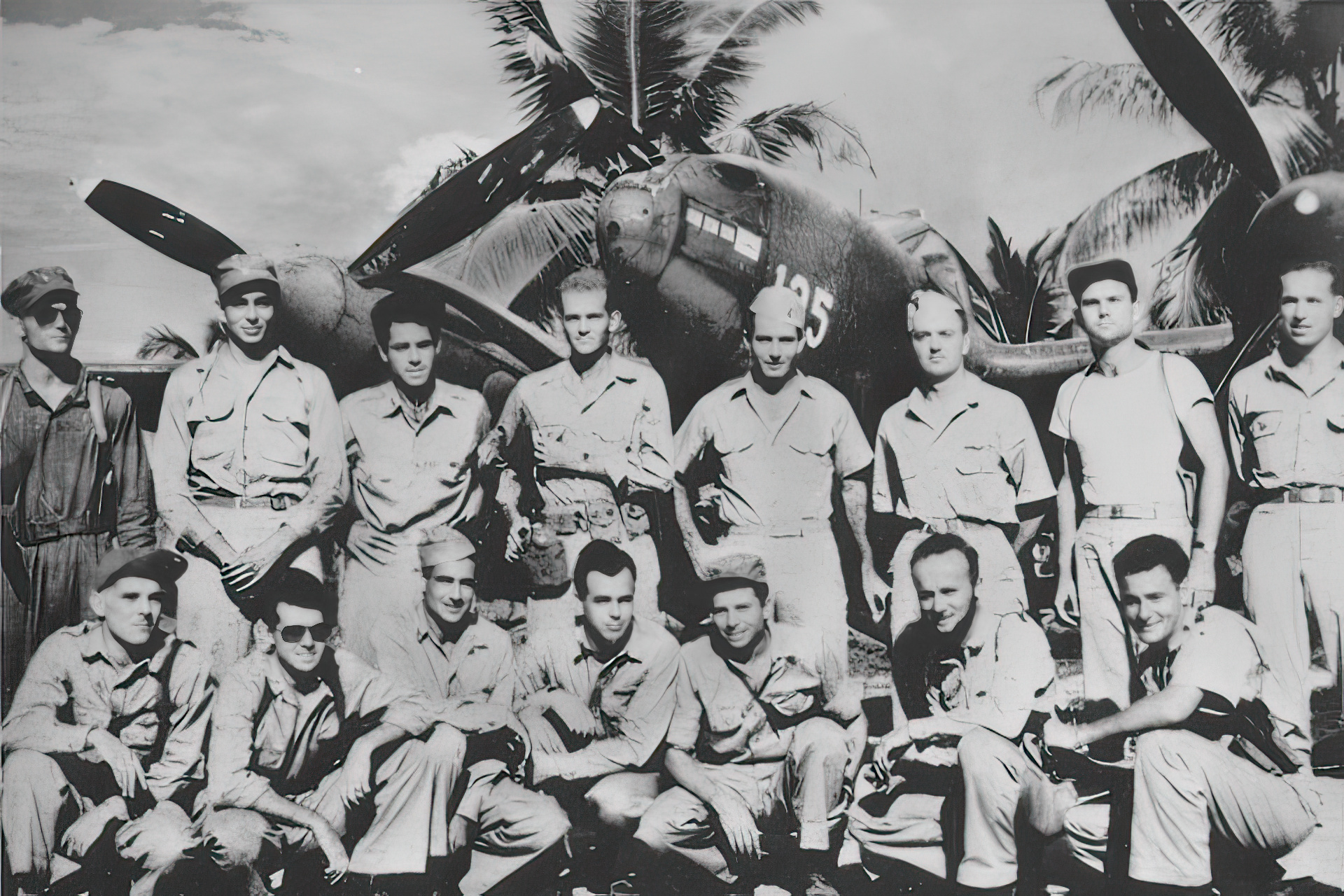
As they neared Bougainville, the P-38 fighters descended to 50 feet above sea level to avoid attention, then climbed to 3,000 feet to await Yamamoto’s arrival. The timing was critical for the mission, requiring the P-38 fighters to be precisely in place as Yamamoto’s plane flew over the island.
Ladies and gentlemen, we got him
At 9:35 a.m., Yamamoto’s aircraft was spotted on the horizon. Major Mitchell & his squad quickly closed in, firing at the plane. Yamamoto’s aircraft was struck multiple times, descending swiftly into the jungle and killing all aboard.
The US was overjoyed to receive the news of Yamamoto’s death. The operation was a major achievement, as it weakened Japan’s military strategy and bolstered the morale of the Allied forces. The success of Operation Vengeance pointed out the P-38’s fighter aircraft abilities. It also praised the pilots’ bravery and expertise who took part in the mission.
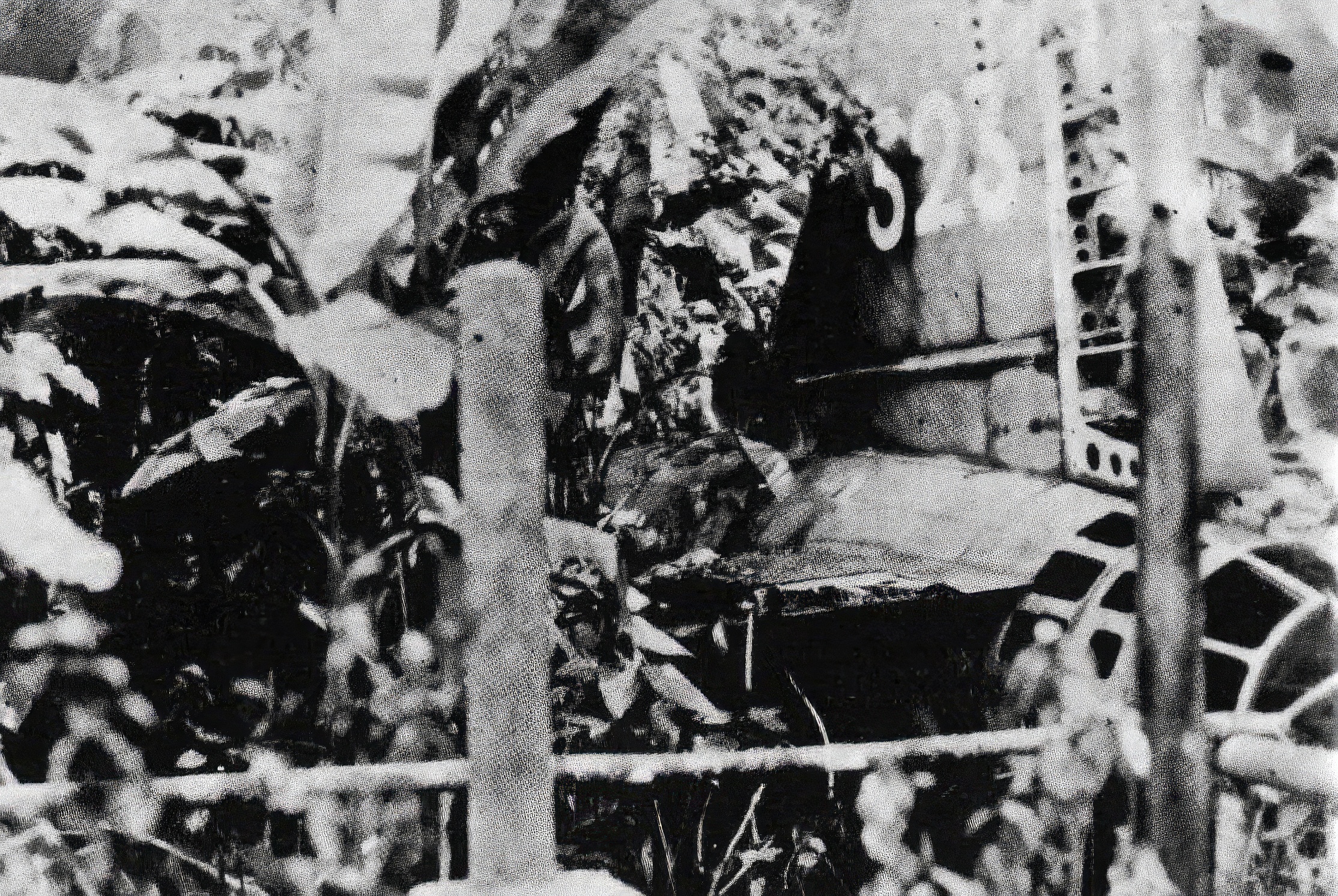
However, the Vengeance mission was met with some controversy as some argued that assassinating an enemy leader was not in line with the principles of just warfare. Others warned of the dangers of setting a negative precedent that could put American leaders at risk of retaliatory attacks. Still, the mission was widely celebrated throughout the United States for significantly impacting public opinion of the war.
The US executed the Vengeance mission with careful planning, daring tactics, and overall success. The mission dealt a great blow to Japan’s military strategy, boosting the morale of allied forces. Its success proved the P-38’s top-tier capabilities and versatility as a fighter aircraft. Despite the controversy and criticism, the Vengeance mission played a large role in shaping opinions of the war’s justification.

